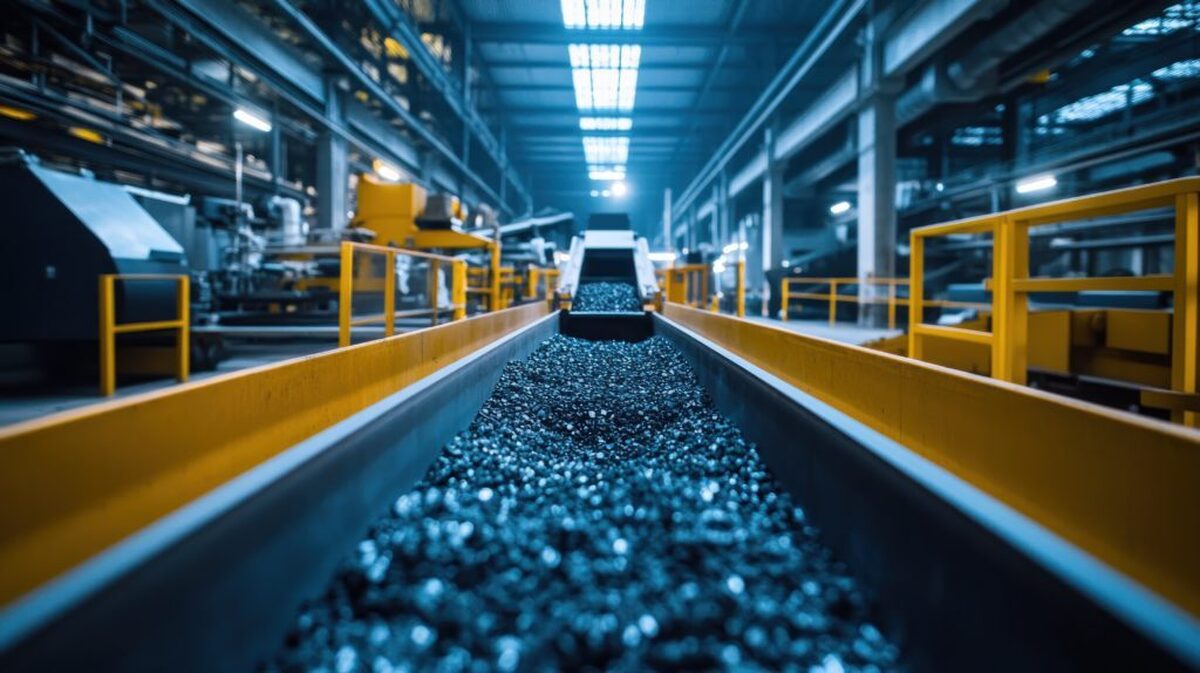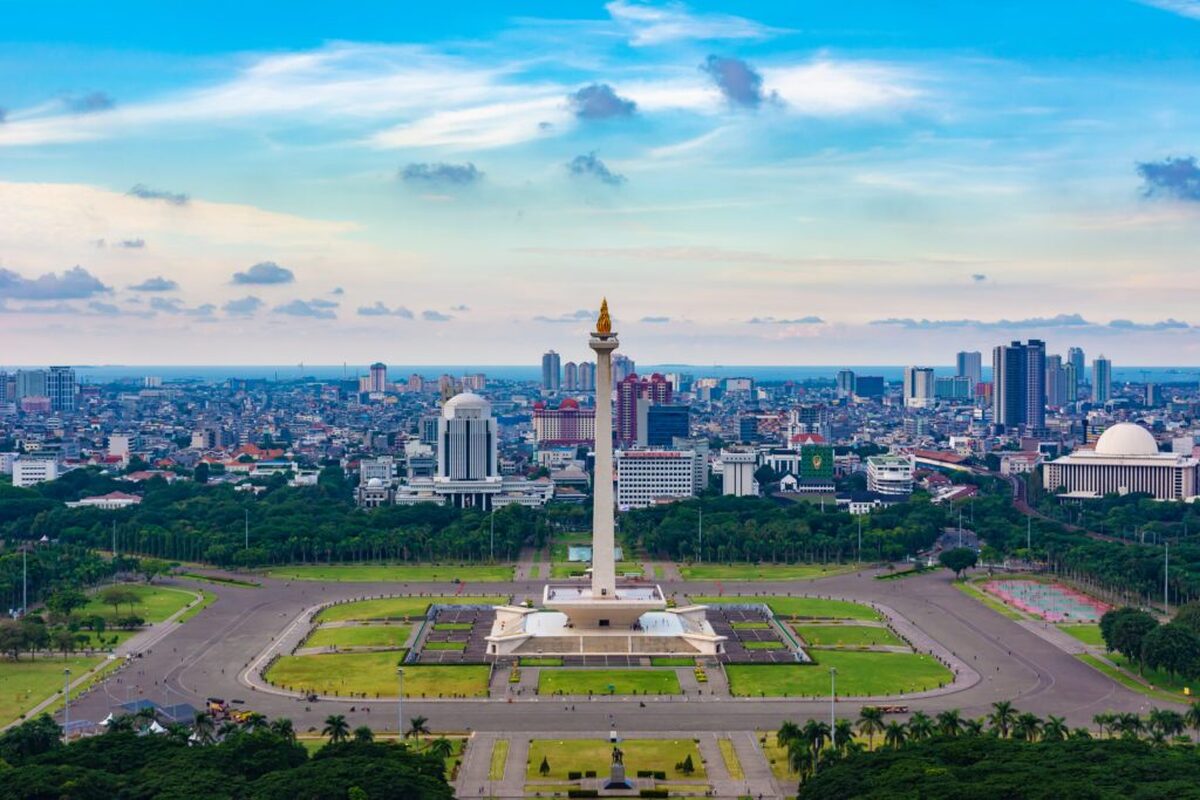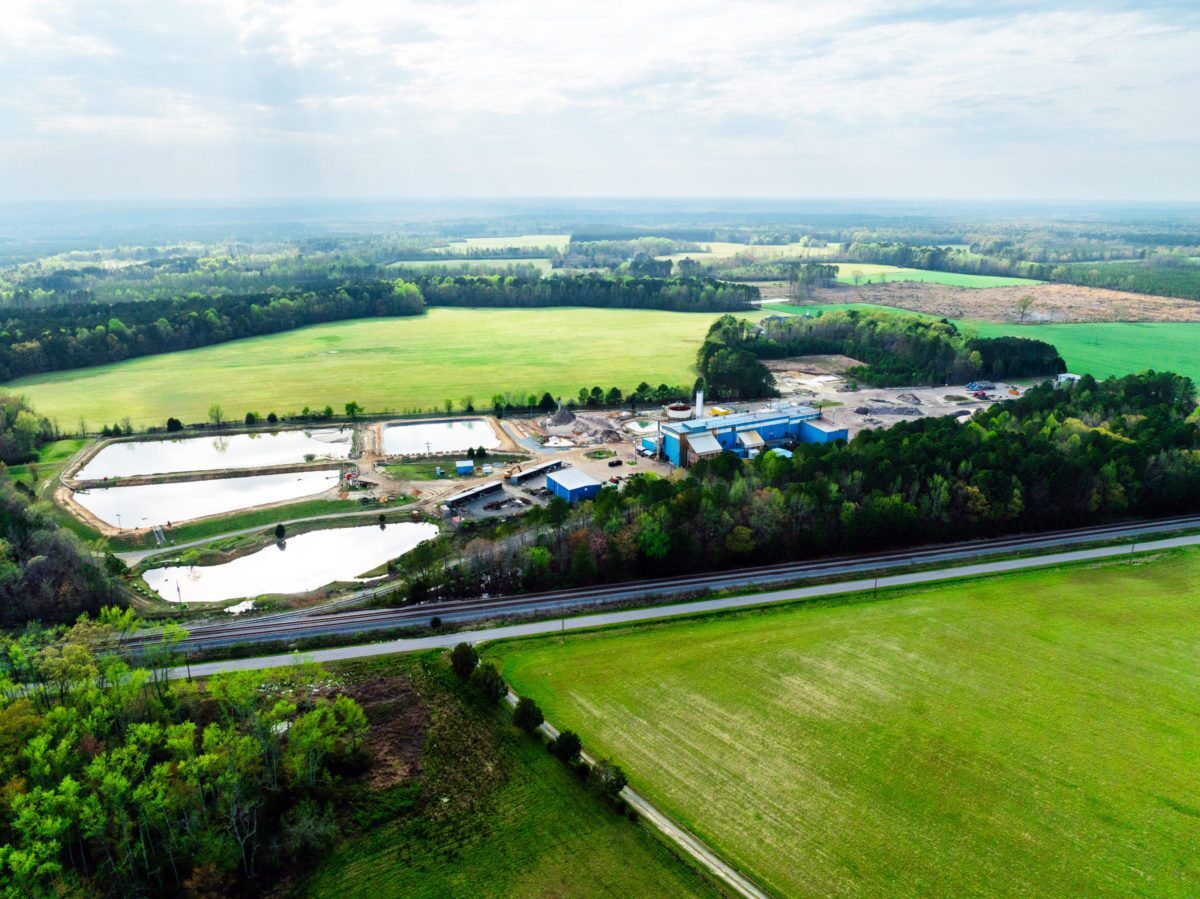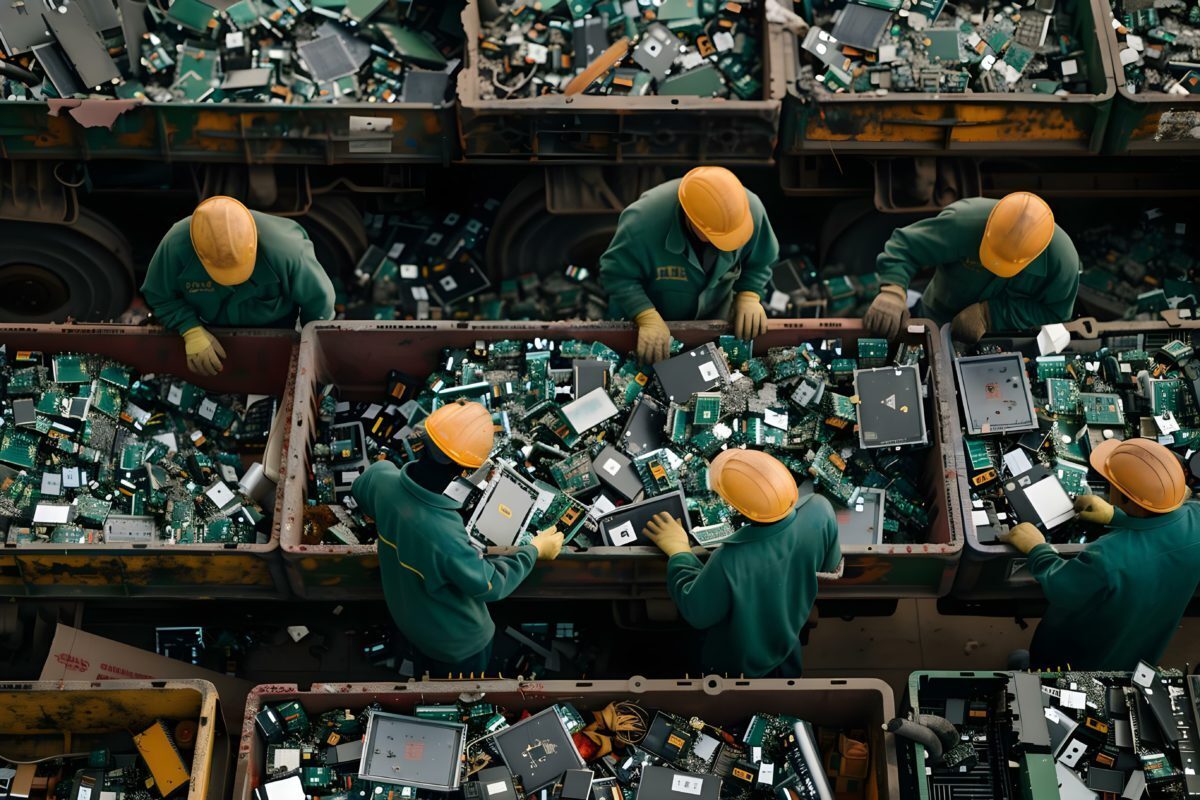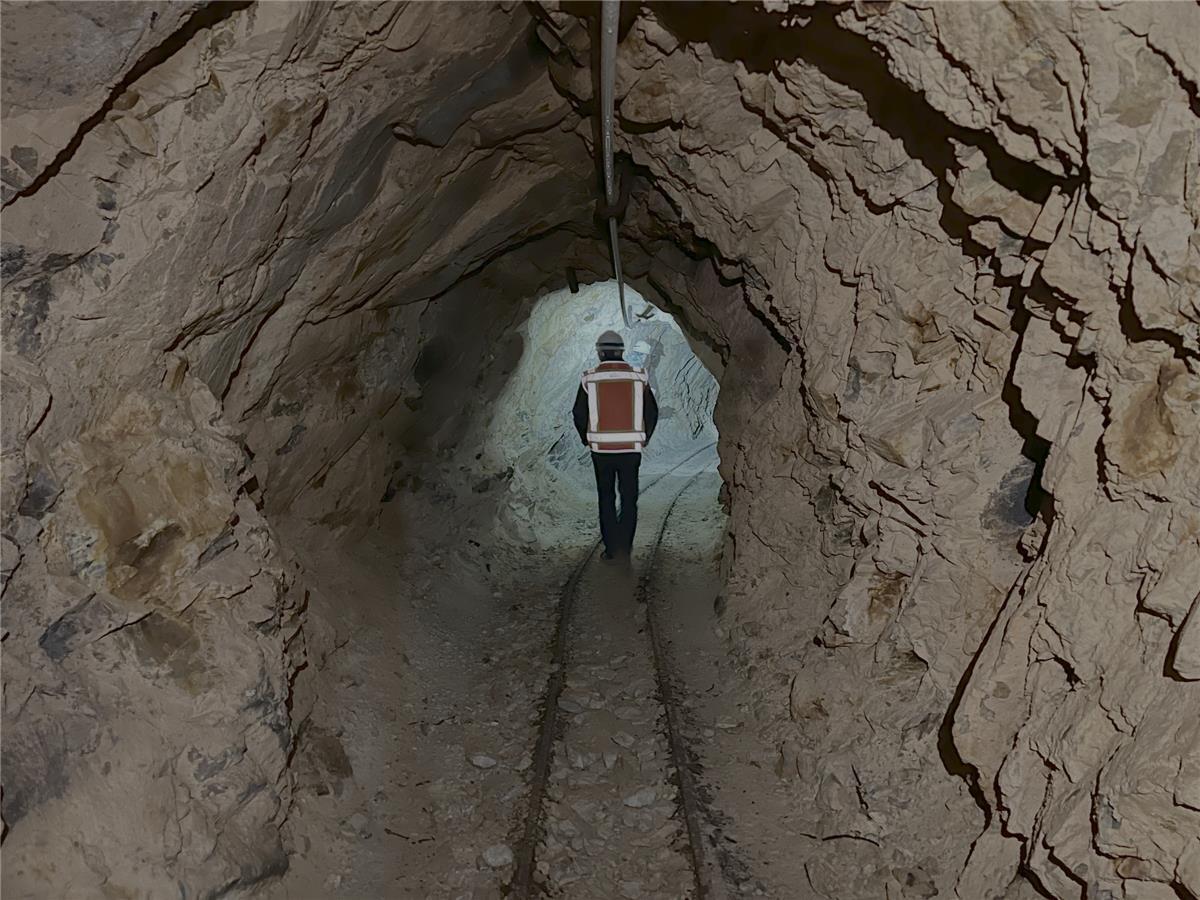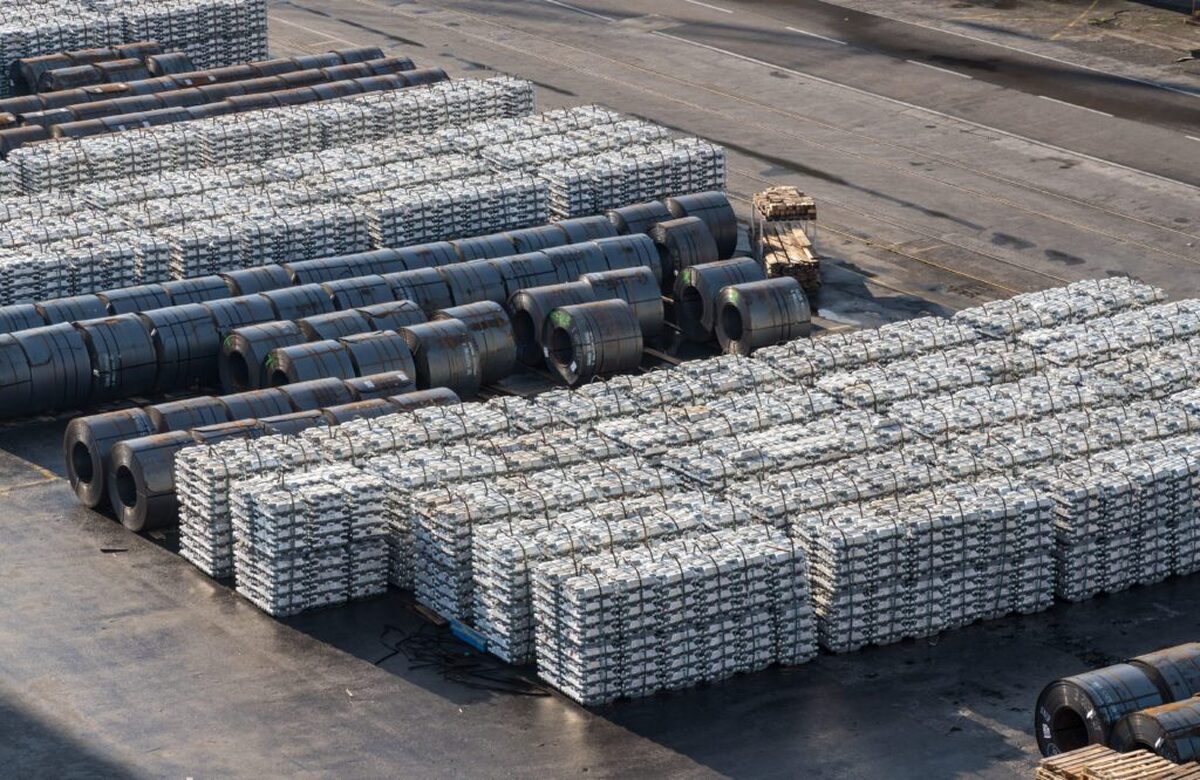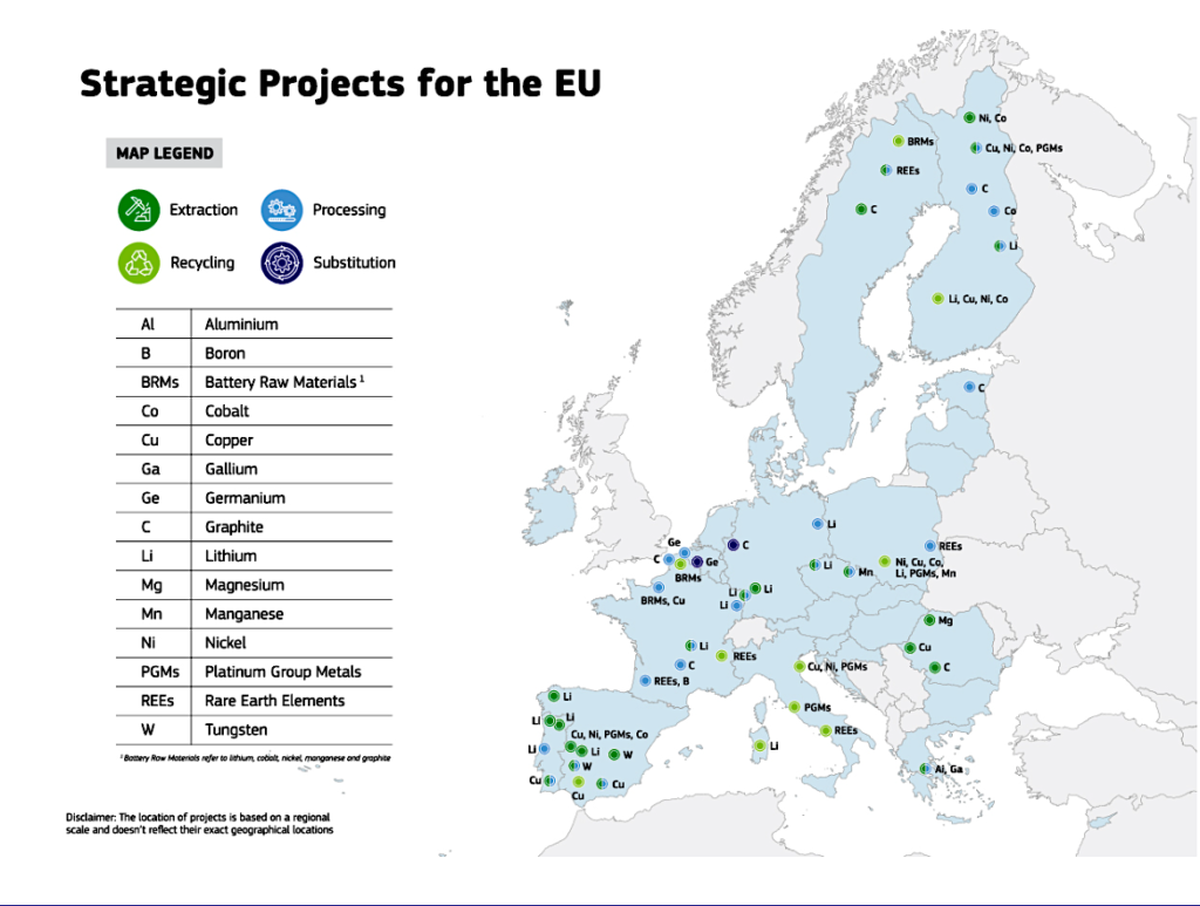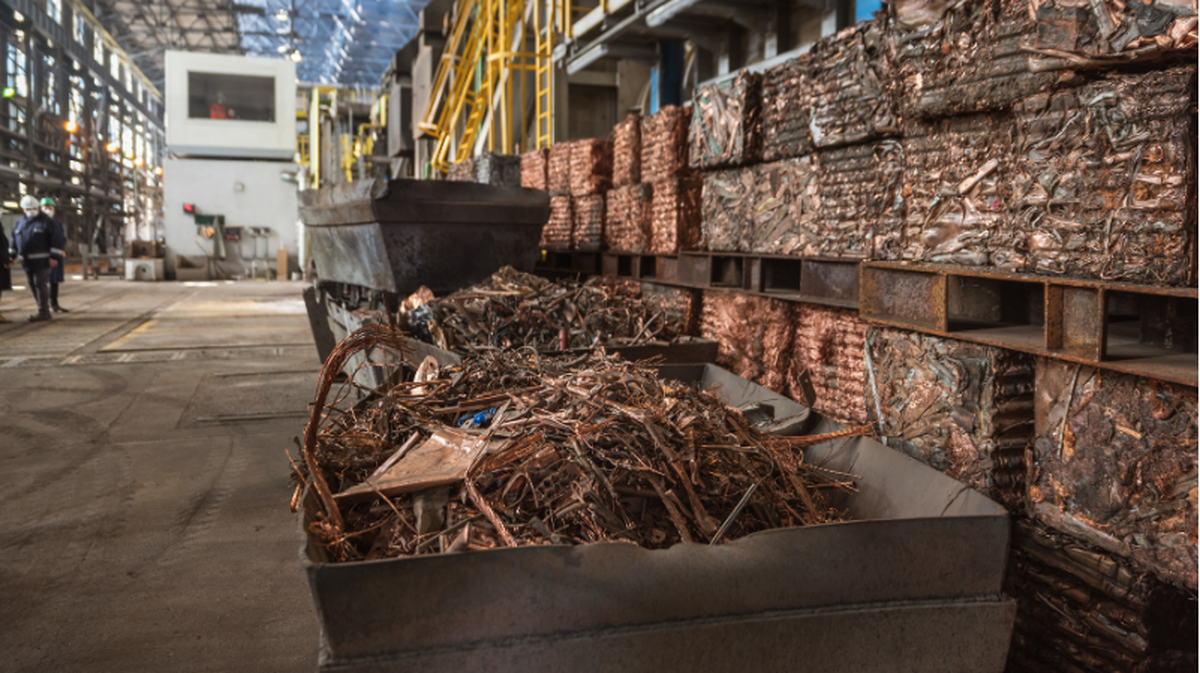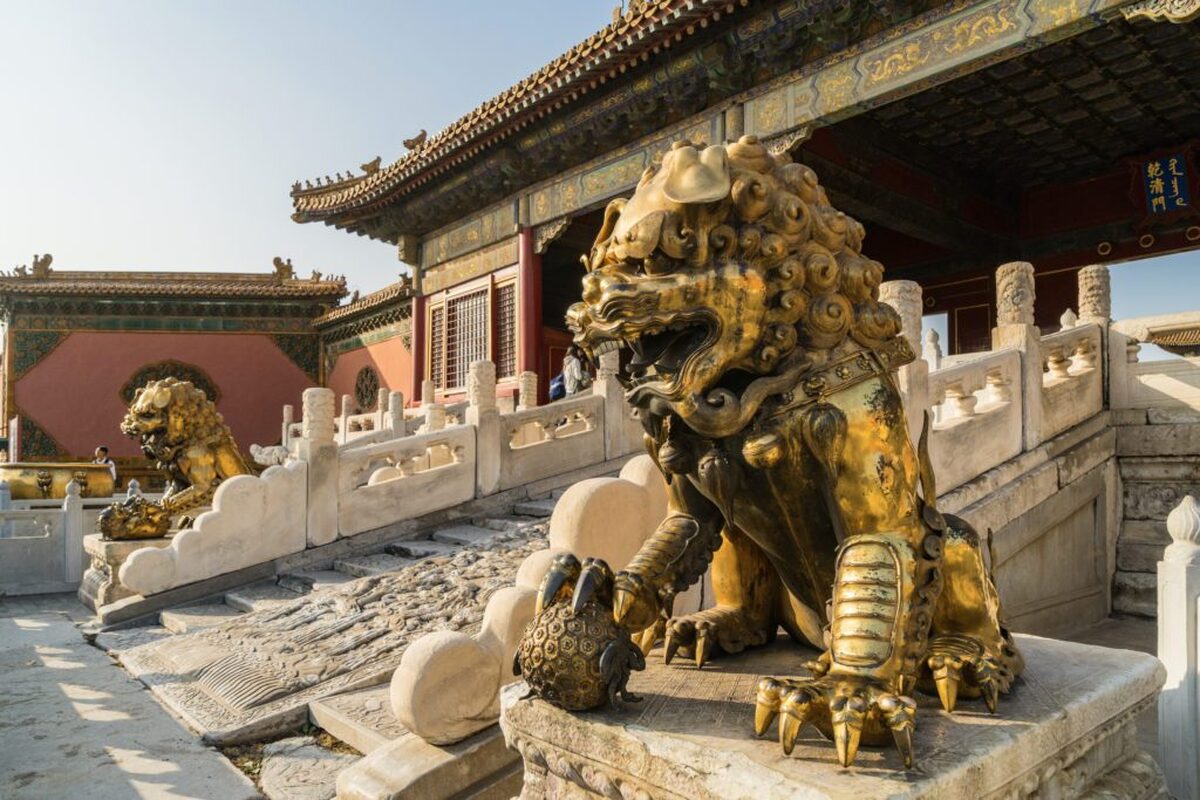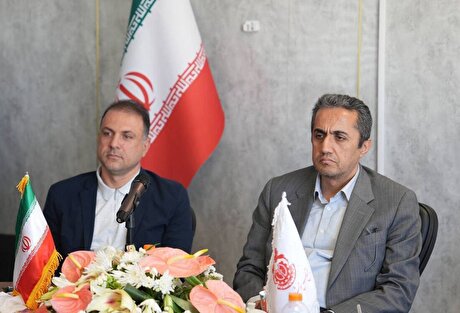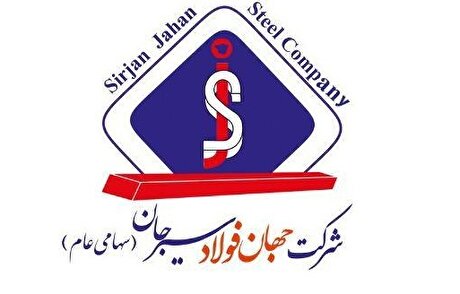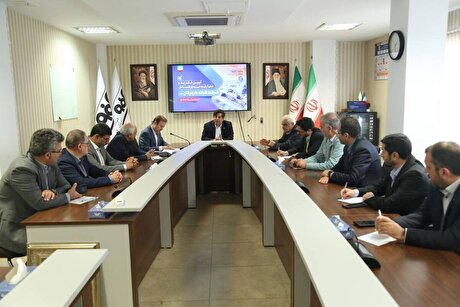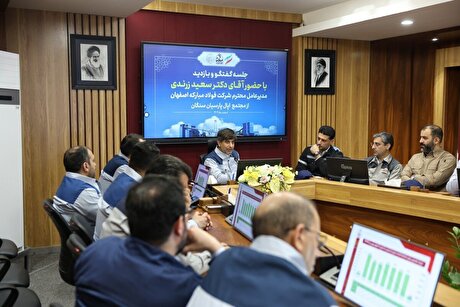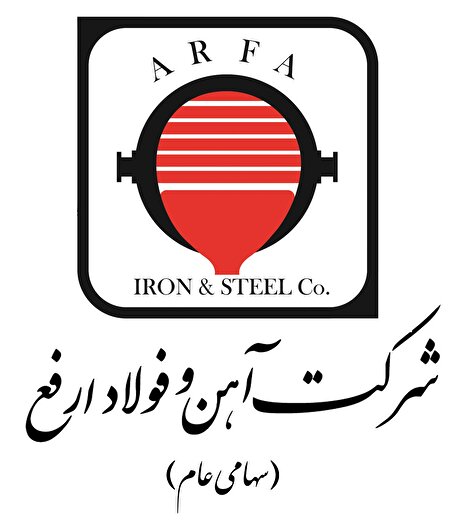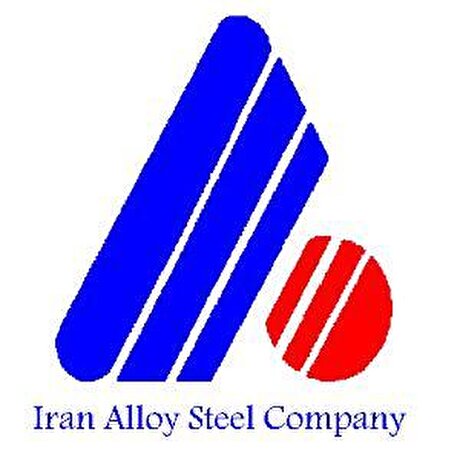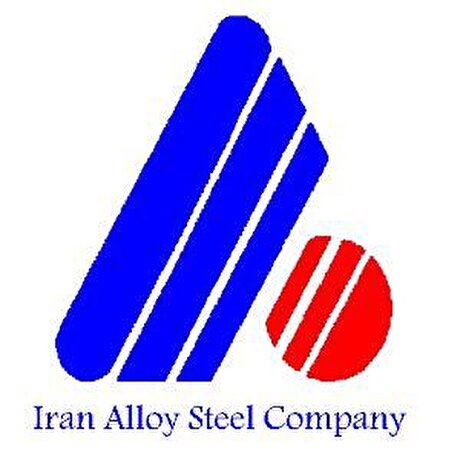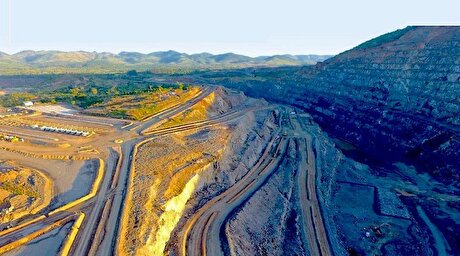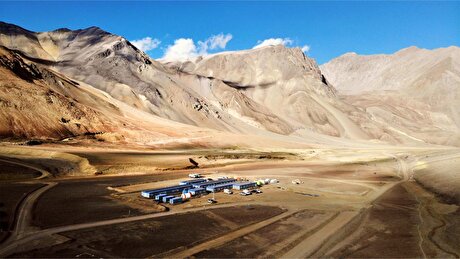
Tungsten’s emerging supply chain

According to me-metals cited from mining.com, Tungsten is a smaller market, with an estimated value of around $5 billion in 2023. But the industries that depend on it are getting exponentially bigger, and it is the material of choice for a key defense application – what the military calls penetrators – high-density, armour-piercing projectiles. Its also required in US Department of Defence (DoD) contracts.
Tungsten production in the US ceased in 2015. The US had been mining tungsten, but it was no longer commercially viable due to low prices and competition from China.
The Asian giant dominates global tungsten production, accounting for over 80% of last year’s total output of 81,000 tons, according to the USGS.
In a report published early this year by Hallgarten & Company: Tungsten Review: A Matter of Urgency, the authors point out there were few survivors of the tungsten slump that had ravaged the sub sector since the start of last decade.
“Now, Tungsten has ‘turned on a dime’ with its role as the prime military metal prompting a rush to restock supplies and reestablish non-Chinese supply lines in this critical metal for Western defense and industry,” the authors write.
Aiming to fill the domestic production gap, this week, American Tungsten started construction and building work for the mine plan at its Ima project in Idaho. Between 1945 and 1957, the property produced approximately 199,449 metric ton units of tungsten trioxide (WO3).
Primary producer outside China to redomicile to the US
Almonty Industries, (TSX: AII) (ASX: AII) (FSE: ALI) the largest tungsten mining company in the world outside of China, is nearing first production at its Sangdong mine in South Korea, with material bound for US markets.
“We’re now almost completed the full construction,” Almonty Industries CEO Lewis Black told MINING.com in an interview.
Almonty Industries is a niche player in tungsten, servicing mainly heavy industries, and also has operating mines in Spain and Portugal.
Black said Almonty is planning to redomicile in the US while keeping its listing on the ASX, FSE and TSX.
“We’re redomiciling because we have two critical metals in a supersized mine, two mines in a safe jurisdiction,” Black said.
“All of our material pretty much goes to the US anyway, and some will go into Korea.”
“It just felt like the right time,” Black said about the decision to redomicile. “You never know what’s going to go on with these tariffs. We all have differences, but…politics just gets weirder across the world. So geopolitics is no longer about national interest.
“This tension between the US and China – you have to ask yourself, when is it going to end? How is it going to end? I think as a strategic metal producer, you have to now look at ways of staying out of the fight. Finding a safe haven while the politicians duke it out.”
“I firmly believe that national security arguments are only a heartbeat away from being utilized to look at these strategic metals that we all need,” Black said.
“I think that we’ve, whether we like it or not, we’ve transitioned now into more of a defense stock.”
Almonty Industries has now attained membership in the Critical Minerals Forum (CMF), a US Defense Advanced Research Projects Agency (DARPA)-funded not-for-profit trade association dedicated to building resilient and diversified critical minerals supply chains.
Almonty was invited to join the CMF as the main Western tungsten producer and accepted membership into the DoD-sponsored policy think tank.
Black said the spotlight was shone on tungsten as China was already pulling most of the non-Chinese concentrate into China last year, and then Biden put tariffs on the industry the month before he left office.
“Then we saw them put up this barrier of saying no dual use. So restricting all exports. Then we saw guys who thought, ‘well, I’ve been buying from China for 25 years. It doesn’t apply to me,” Black said.
“But then the problem is this is a CCP decision. It doesn’t matter how great friends you are – no Chinese company is going to go around the CCP.”
“And what we’ve seen from our shareholders and from our customers, predominantly, is that there’s no other source,” Black said.
“We really are at a huge disadvantage in terms of diversification. But tungsten, there isn’t an option. So it’s entered into a very uncomfortable phase.”
Sangdong ramp up in South Korea
Almonty has been working to bring the Sangdong mine back into production since acquiring it in 2015. Ore is currently brought to the surface, and the processing plant is expected to be commissioned in July.
“When it’s fully expanded, it will produce close to 40% of non-Chinese supply, Black said, noting the inevitable hurdles to be overcome to bring a mine into production.
“Ten years ago, you got a permit, you started mining, you produced some ore, some concentrate, happy days. Now, I would say mining is less than 50% of what I have to do in a day. The other 50% is filled with, stay[ing] on top of regulations, because I only work in democracies.
“Regulations are constantly being amended, changed or reinterpreted. So you have to stay very cognizant of the fact that things can change very quickly.”
The DARPA-funded Critical Minerals Forum that Almonty joined last week is focused on facilitating the collaboration needed for “increased and reliable production of critical minerals by convening leading critical mineral miners, processors, and end-users across the minerals supply chain as well as investors and government institutions.”
Black said the plan, as the Sangdong mine in South Korea comes back online, is to ship concentrate to a smelter in Korea, and then the moly oxide is going to be utilized in specialty steel, which then goes to plants in Texas – all part of what could be an emerging, more diversified supply chain.
With China tightening its grip on tungsten exports, producers outside its borders are stepping into a rare moment of global opportunity, Black tells MINING.com host Devan Murugan in an interview. Watch here:
source: mining.com

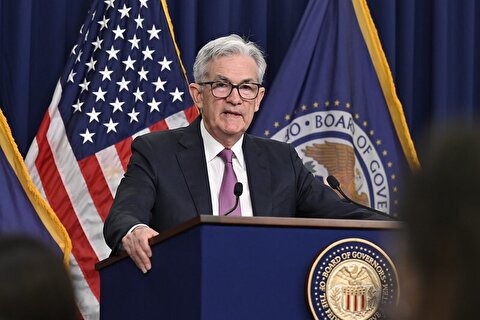
Gold price edges up as market awaits Fed minutes, Powell speech

Glencore trader who led ill-fated battery recycling push to exit
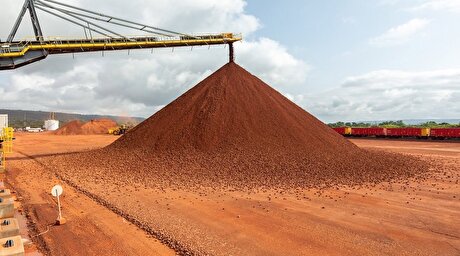
Emirates Global Aluminium unit to exit Guinea after mine seized
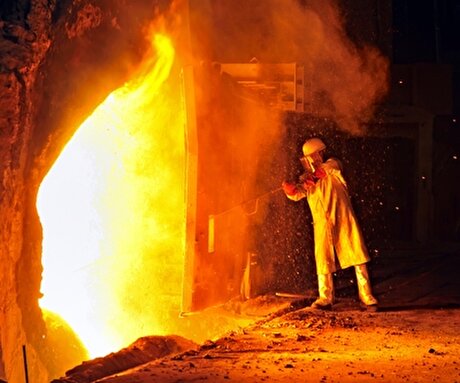
Iron ore price dips on China blast furnace cuts, US trade restrictions

Roshel, Swebor partner to produce ballistic-grade steel in Canada
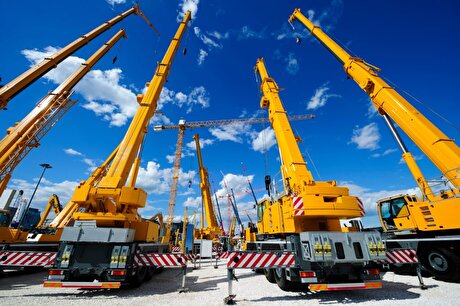
US hikes steel, aluminum tariffs on imported wind turbines, cranes, railcars

EverMetal launches US-based critical metals recycling platform

Afghanistan says China seeks its participation in Belt and Road Initiative

Trump weighs using $2 billion in CHIPS Act funding for critical minerals

Energy Fuels soars on Vulcan Elements partnership
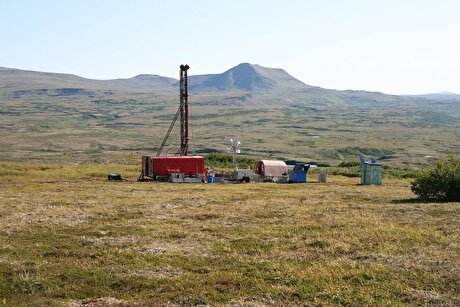
Northern Dynasty sticks to proposal in battle to lift Pebble mine veto

Giustra-backed mining firm teams up with informal miners in Colombia

Critical Metals signs agreement to supply rare earth to US government-funded facility

China extends rare earth controls to imported material
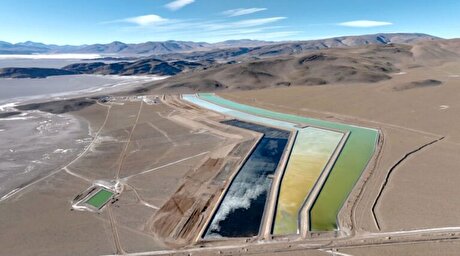
Galan Lithium proceeds with $13M financing for Argentina project
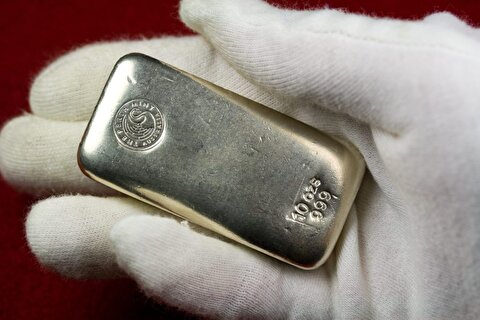
Silver price touches $39 as market weighs rate cut outlook
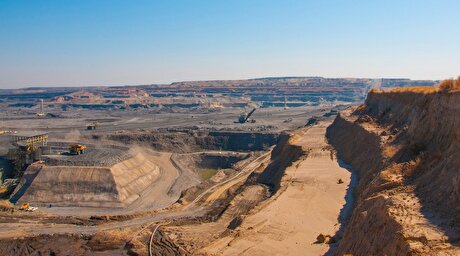
First Quantum drops plan to sell stakes in Zambia copper mines

Ivanhoe advances Kamoa dewatering plan, plans forecasts

Texas factory gives Chinese copper firm an edge in tariff war

Energy Fuels soars on Vulcan Elements partnership

Northern Dynasty sticks to proposal in battle to lift Pebble mine veto

Giustra-backed mining firm teams up with informal miners in Colombia

Critical Metals signs agreement to supply rare earth to US government-funded facility

China extends rare earth controls to imported material

Galan Lithium proceeds with $13M financing for Argentina project

Silver price touches $39 as market weighs rate cut outlook

First Quantum drops plan to sell stakes in Zambia copper mines

Ivanhoe advances Kamoa dewatering plan, plans forecasts

